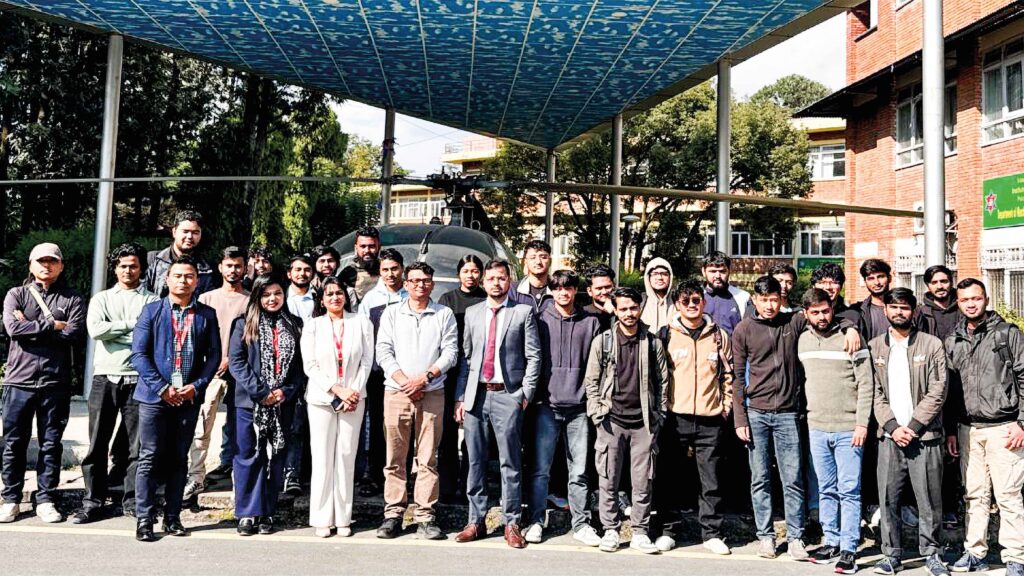China. China recorded one of its slowest rates of economic growth in decades last year, data showed Friday, as leaders nervously eye a potential trade standoff with incoming US president Donald Trump.
Beijing has in recent months announced its most aggressive support measures in years in a bid to reignite an economy that has suffered on multiple fronts, including a prolonged property market debt crisis and sluggish consumer spending.
But the economy grew by five percent last year, official data from Beijing’s National Bureau of Statistics (NBS) showed Friday, down from 5.2 in 2023.
The growth took place in the face of a “complicated and severe environment with increasing external pressures and internal difficulties”, the NBS said.
The economy was still facing “difficulties and challenges”, officials admitted.
Retail sales, a key gauge of consumer sentiment, were up 3.5 percent — a major slump from the 7.2 percent growth recorded in 2023. But industrial output rose by 5.8 percent, up from the 4.6 percent the previous year.
The GDP growth rate is the lowest recorded by China since 1990, excluding the financially tumultuous years of the Covid-19 pandemic. Analysts surveyed by AFP estimated growth could fall to just 4.4 percent in 2025 and even drop below four percent the following year. China has so far failed to rebound from the pandemic, with domestic spending remaining mired in a slump and indebted local governments dragging on total growth.
In a rare bright spot, official data showed earlier this week that China’s exports reached a historic high last year.
But gathering storm clouds over the country’s massive trade surplus mean that Beijing may not be able to count on exports to boost an otherwise lacklustre economy.
Trump, who will begin his second term next week, has promised to unleash heavy sanctions on China.
Beijing has introduced a series of measures in recent months to bolster the economy, including cutting key interest rates, easing local government debt and expanding subsidy programmes for household goods.
– Confidence ‘crisis’ –
Observers were closely watching Friday’s data release — which will also include readings covering the final quarter of last year — for signs those measures succeeded in reviving activity.
“With a package of incremental policies being timely rolled out… social confidence was effectively bolstered and the economy recovered remarkably,” the NBS said.
China’s central bank has indicated in recent weeks that 2025 will see it implement further rate cuts, part of a key shift characterised by a “moderately loose” monetary policy stance.
But analysts warn that more efforts are needed to boost domestic consumption as the outlook for Chinese exports becomes more uncertain. “Monetary policy support alone is unlikely to right the economy,” Harry Murphy Cruise of Moody’s Analytics told AFP.
“China is suffering from a crisis of confidence, not one of credit; families and firms do not have the confidence in the economy to warrant borrowing, regardless of how cheap it is to do so,” he wrote.
“To that end, fiscal supports are needed to grease the economy’s wheels.”
One component of Beijing’s newest policy toolbox is a subsidy scheme — now expanded to include more household items including rice cookers and microwave ovens — that it hopes will encourage spending.
But recent data shows that government efforts have not yet achieved a full rebound in consumer activity.
China narrowly avoided a slip into deflation in December, statistics authorities said last week, with prices rising at their slowest pace in nine months.
China emerged from a four-month period of deflation in February, a month after suffering the sharpest fall in prices for 14 years. Deflation can pose a threat to the broader economy as consumers tend to postpone purchases under such conditions, hoping for further reductions.








